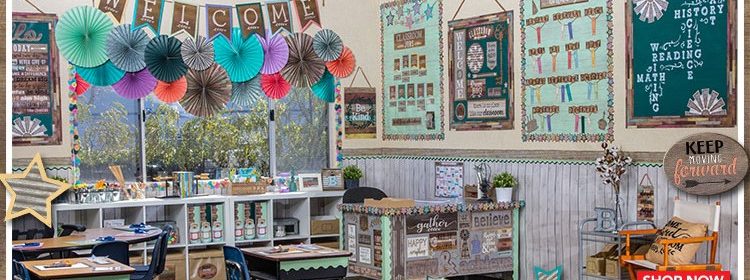Resources and materials for more engaging and comprehensible learning
Welcome to the 11th anniversary issue of ELT Choutari and the first quarterly (January- March) issue of 2020.
On the completion of its glorious 11 years and moving forward for the 12th year, the current editorial team would like to extend our sincere gratitude to all our founding members, past editors, contributors, well-wishers and most importantly you, as our reader! ELT Choutari has primarily served to promote local scholarship and a resource bank for ELT practitioners. The 11th resourceful years of Choutari has produced 11 volumes and 93 issues with hundreds of resourceful articles. Besides, we also have created a resource bank of ELT Blogs, Discussions and ELT Journals to bring the ELT resources at a single venue for our readers. Our ongoing effort of developing Choutari as a resource bank has further encouraged us to dedicate the theme of this issue on production of ELT resources and materials and their use in ELT context of Nepal to generate a focused discourse on this area.
Resources and materials add value in teaching learning as music adds value in a celebration. They are means and tools for making our teaching-learning more engaging, interesting and thus making activities more learnable and understandable to students. Actually, resources are not only for their day-to-day teaching learning but also for the professional development of teachers. Therefore, the use of resources and materials plays a tremendous role in shaping the professional skills of an English language teacher.
The essence of teaching approach or technique largely depends on the resources and materials teachers choose. Because they help teachers in offering students an amazing variety of routes for learning and discovery (Harmer, 2007). So, the classroom that uses resources and materials makes learning more meaningful by engaging learners and allowing them to learn through self-discovery. The resources and materials also support to address multiple learning styles of children through differentiated instruction. Teachers can design the diverse learning activities to address diversified classroom based on them.
The availability and access to the ELT teaching resources and materials both in physical and online formats have been huge than ever. The online resources stand out more in this era due to its menu like ready-made availability. Such resources can also be accessed through simple android phones even in the rural parts of the world. However, a teacher should be able to customise and contextualise the resources as per the need of curriculum and children.
In the context of Nepal, the production of ELT textbooks and supplementary materials is increasing. And there have been some efforts on publishing ELT journals, audio-visuals, digital magazine like ELT Choutari to contribute to the professional development of teachers. Yet, the resources and materials to address the needs of both students (in the classroom) and teachers (for professional development) are insufficient. Likewise, the quality and innovation on the available resources and materials are also far behind the standard. In this backdrop, this quarterly issue of ELT Choutari is presenting you the six blog posts and one bonus resourceful article to create a focused discourse on these issues.
The blog posts offer you good practices of teachers in using locally available resources, teachers’ reflections on using students’ feedback as a resource for shaping their teaching skills, practices of using Massive Open Online Courses (MOOC) for professional development and interview with an expert on the resources and materials to the fullest. Moreover, on the occasion of our anniversary, we also present you a special package of reflections- reflections from our founders, editors, ELT experts and readers. Last but not the least, we also present you a super special resourceful article about ELT resources from TESOL blog, which unpacks many other resources once you get into it (so don’t hesitate to unfold the package).
Here you go:
- Reflections: Hearing from founders, editors, ELT experts and readers
- Quality scrutiny in materials isn’t merely a formalization process: Ganga Ram Gautam, PhD
- Teaching English using locally made/available materials: by Rishi Ram Paudel
- Open online courses for teachers’ professional development: by Bibas Thapa
- How to convert reading into pleasure from pressure?: by Ghanashyam Raj Kafle
- Collecting students’ feedback for enhancing my teaching skills: by Somy Paudyal
- The Best 2019 Resources for Teachers of ELs: by Judie Hayness
While releasing this issue, we take the pleasure of welcoming and introducing Mohan Singh Saud in our editorial team. Mr. Saud is a PhD candidate at Graduate School of Education, Tribhuvan University, Nepal. He has been teaching English at Kailali Multiple Campus, Dhangadhi, Nepal since 2004. He has also authored some books including school level English series and some journal articles. Currently, he is working on Grade 11 compulsory English textbook under Curriculum Development Centre, Nepal.
Before leaving, I would like to thank all the contributors to this issue. Likewise, I would like to offer special thanks to Babita Sharma Chapagain, Karna Rana, Ganesh Bastola, Praveen Kumar Yadav and Mohan Singh Saud for reading and reviewing the blogs rigorously.
Finally, you are requested to drop your comments for the blog posts you read, share anything you like in your network, and consider writing your own blog post for April- June issue.
Thank you!

Lead editor of the issue
